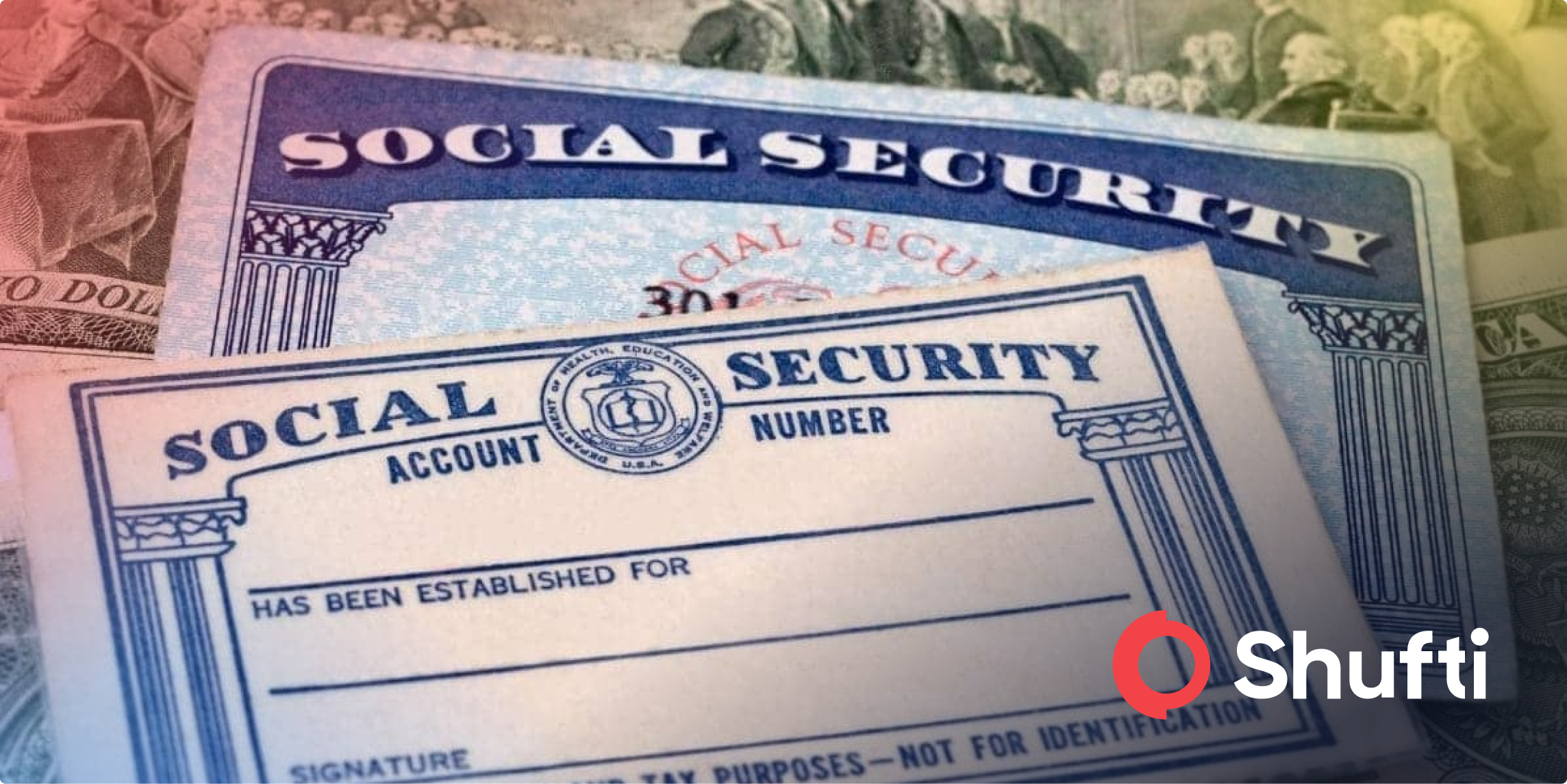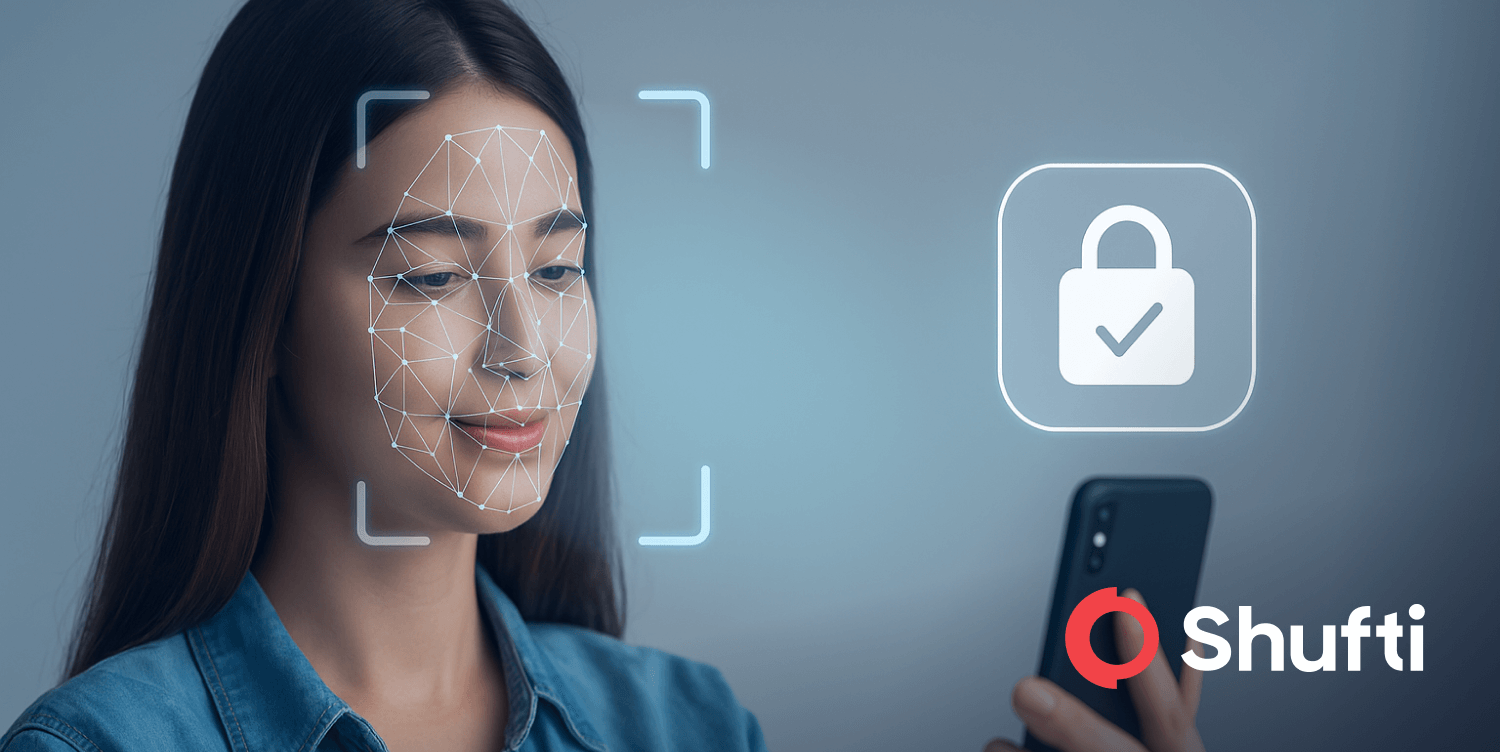Video KYC: A Complete Overview

The digitisation of KYC was inevitable, but the COVID-19 pandemic accelerated what would have otherwise taken years. Banks and other financial service providers, already prime targets for identity fraud, were some of the first to adopt remote KYC solutions out of necessity. Since then, video interview KYC has become one of the most effective ways of verifying a customer’s identity in real time, without compromising compliance or the customer’s experience.
As regulators adapt to digital-onboarding, so must businesses. In this article, we’ll break down what video KYC is, how it differs from traditional verification processes, what’s required to implement it into existing systems, and where it’s proving to be the most effective across industries.
What Is Video KYC?
Video KYC is a means of conducting a live, entirely remote identity verification. Rather than requiring a visit to a physical branch, this method lets a customer verify their identity during a secure video call with a trained KYC agent. During this session, the customer presents their valid identity documentation, and the agent ensures liveness, compares the face of the customer to the photo on the ID, and confirms all other necessary details.
This approach is virtually the same as in-person KYC but eliminates many logistical delays that tend to hamper it, making it both faster and more fraud-resistant.
Traditional KYC vs. Video KYC
KYC requirements began popping up around the 1970s, first in the U.S. with the establishment of the BSA, across sectors like banking, payments, and insurance in order to ensure businesses only worked with legitimate, verified customers. Traditionally, the process required people to go into a local branch of a business and submit their documents in person. These checks were not only time-consuming, as they often took weeks to schedule and complete, but often prone to delays and customer drop-offs.
Video KYC serves the same function but replaces the process with a digital experience. It is just as secure as in-person KYC, if not moreso, and is far more suited for today’s remote-first world. The process is faster, more cost-effective, easy to integrate into online onboarding flows, and can catch and report fraud attempts much easier.
Why Video KYC Is More Than a Convenience
While it is true that video KYC speeds up onboarding, it’s not just about convenience. It also has robust security features that are a critical line of defense against emerging fraud threats. As digitisation expands, so do the tools accessible to fraudsters. Video KYC is one of the few verification methods that can effectively counter:
Spoofing Attacks
Between 3D-printed masks and AI-generated faces, spoofing tactics continue to grow more advanced with each passing year. Video KYC combines artificial intelligence (biometric checks, liveness detection) with real-time human oversight to catch even the most convincing spoofing attempts.
Synthetic Identities
These are built using real data, such as SSNs or NINs, along with fake credentials to create a genuinely believable but entirely false identity. Video verification can catch subtle inconsistencies within these that static checks would otherwise miss.
Deepfakes
By far the most dangerous development in identity fraud during the past decade, deepfakes use deep learning technology to generate fake videos. These pre-recorded deepfakes would fool a passive verification system, but not a live video KYC session that is backed by trained agents as well as AI-powered detection tools.
Shufti’s video KYC platform uses layered defenses that are constantly updated to fight against the latest fraud developments to combat all of the above, detecting fraud in real time and verifying users in under 10 seconds.
How the Video KYC Process Works
The process of Video KYC is as remarkably simple as it is secure:
- Customer uploads valid ID documents
- Verification agent initiates a live video session
- Customer presents required documents to their camera
- Their face is matched to the picture on the ID using biometrics
- The customer’s liveness is verified using motion tests or random prompts
- The session is recorded and then securely stored
In the case that all checks are passed the customer is verified and they can proceed to access the service.
Regulatory Acceptance Around the World
India
The Securities and Exchange Board of India (SEBI) formally approved Video In-Person Verification in 2020. During the session, the background must be clear and uninterrupted, documents must be presented, and liveness detection must take place. All sessions are recorded and stored in the event of an audit.
Germany
Under BaFin guidance, video KYC is accepted for financial services onboarding. Employees are required to undergo training to perform ID checks over secure live video calls.
Spain
Starting in 2016, SEPBLAC regulations began allowing video conferencing for KYC, provided the process meets strict identity verification and data storage standards
UK
As long as it aligns with AML and FATF recommendations, the FCA recognizes video KYC as a valid form of identity verification.
United States
As it stands now, there are no federal regulations in place that govern how video KYC can or cannot be used by financial organizations.
Other Countries
Regulatory bodies in Portugal, Switzerland, Mexico, and Latvia have all issued clear guidelines that permit video KYC for compliance with FATF standards.
Which Industries Use Video KYC?
Video KYC is already transforming how companies around the world onboard and verify new users across sectors:
- Banking & Finance: Reduces manual workload and significantly speeds up account creation while meeting KYC obligations.
- Insurance: Prevents fraudulent claims from being made or collected under stolen or fake identities.
- Remote Hiring: Ensures only verified individuals are granted access to internal systems.
- Crypto: Verifies users on decentralized currency platforms and deters money laundering through live ID checks. This has become even more critical than ever with the implementation of MiCA in the EU.
- Real Estate: Detects high-risk individuals and prevents money laundering via property transactions.
- Mutual funds and NBFCs: Streamlines investor onboarding and maintains compliance with both global and local guidelines.
What to Look for in a Video KYC Provider
When looking to adopt video KYC effectively, it’s important to look for solutions that offer:
- Global document support
- Customizable workflows by industry
- Enterprise-grade data encryption
- Flexible pricing options
- Omnichannel access for mobile and desktop
At Shufti, we know these are what customers are looking for because they’ve told us themselves. That’s why Shufti’s platform supports over 10,000 document types in 150+ languages in more than 240 countries and territories, why we have an incredibly intuitive no-code back office, and why we have flexible pricing options, making us ideal for global enterprises.
Final Thoughts
Video KYC has quickly moved from a pandemic-era necessary workaround to a globally recognized best practice for identity verification. By combining the assurances of in-person checks with the speed and flexibility of digital workflows, businesses have been able to develop the ideal way to navigate fraud risk, customer expectations, and tightening regulations.
As more industries and regulators embrace this shift, now is the time for businesses to adopt future-proof verification strategies. With real-time protections against spoofing, deepfakes, and synthetic identities, video KYC is about staying ahead, not just staying compliant.
Ready to make the switch? Shufti’s platform is built to help you thrive!









